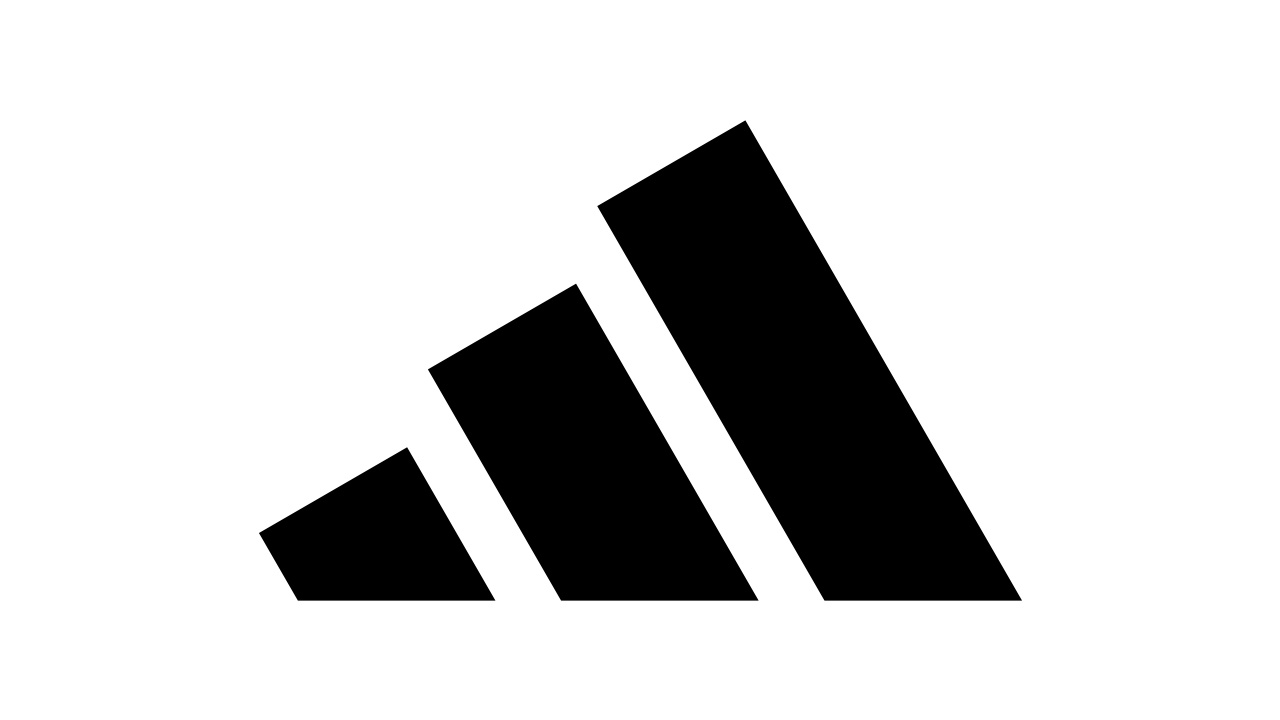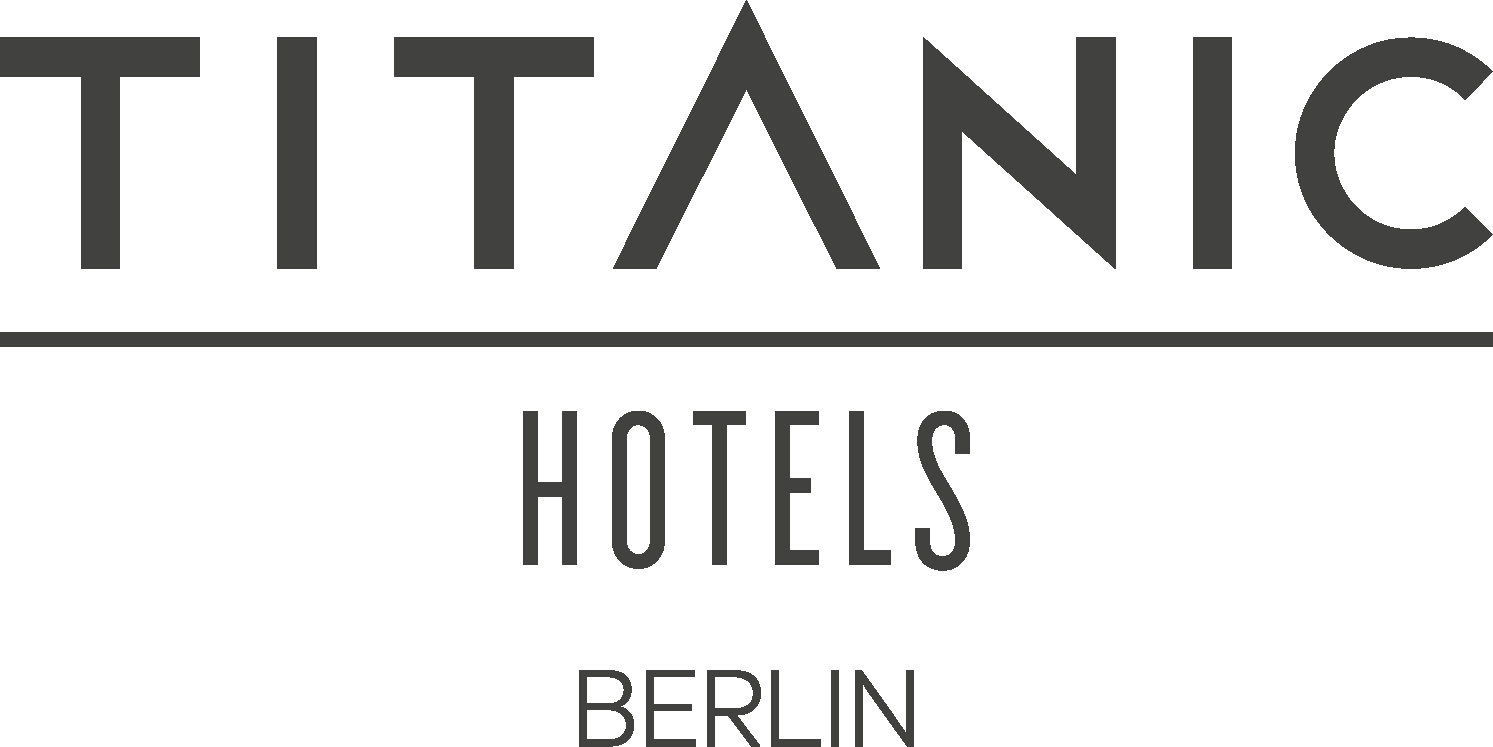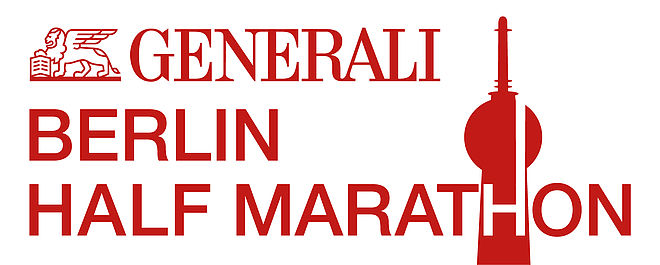During the FIFA Football World Cup in Germany and Berlin, we are presenting various articles that are not necessarily directly about football, but which are somehow related to football.
In 2009, the IAAF Track and Field World Championships will be taking place in Berlin. These articles are ideas, tips, and samples, which are to serve as examples for the athletics organisers as to what they could offer in 2009 outside of the competitions in the stadiums and on the streets
Football has probably never received so much artistic and cultural attention as it is now doing during the concurrent World Cup 2006 in Germany.
The federal government’s official art and cultural programme, which is being organised by the National DFB Cultural Foundation, has played an important role. These football exhibits could almost be considered as alternative forms of ‘public viewing’.
They are quite naturally a part of every World Cup venue: in Munich—“Football. One Game, Many Worlds” (City Museum until September 3); in Hamburg—“Fascination Football” (Museum for Ethnology until November 26); in Cologne—“The Crown Jewels of Football” (German Sport & Olympic Museum until
July 23); and in Leipzig—“Ball Artists” (Museum of Fine Arts until August 13).
Frankfurt – the DFB City
In Frankfurt, the headquarters of the German Football Association (DFB), there are (at least) five genuine museum projects, including “Football and Religion” in the Icon Museum and “The Books of the Football World Cup” in the German Library.
Football also can be found in museums in cities without World Cup games: in Rüsselsheim you can find “Opel Villas: Money Does Not Score Goals! Modern Art on the Phenomenon of Football”. In Troisdorf the motto is “Football Like in a Picture Book,” while in the Roman and Pelizaeus Museum in the city of Hildesheim there is an exhibit called “The Cult of the Ball. Following the Tracks of Football.” Even the Swiss Sport Museum in Basel is in ‘Football Fever’ (until December 14).
“The Cultural Capital of Football Art”
If one takes into consideration the number of such artistic and cultural events taking place at the moment on the stages, museums, and galleries, then one could call Berlin the “cultural capital of Football.”
This includes two dozen exhibits about football, of which most will continue well beyond July 9, 2006, which will possibly draw even more football enthusiasts to the city well after the World Cup has ended.
Leading the way is the Sport Museum, with “Berlin – Story
of Football“ (House of German Sport in the Olympic Park until July 16), where there is even a separate section dedicated to the Berlin activities of the former national trainer Sepp Herberger.
The thematic approaches of the exhibits are in part very divergent and range from “The Ball is Round--Circle, Sphere, Cosmos” (Pergamon Museum until August 27) to “Ball Work. Scenes from Football & Migration“ (Ethnological Museum until August 27) to “Goal! Football and Television” (Film Museum until July 30).
The German Historical Museum is presenting: “The Game. The Football World Cup as Reflected in Sports Photography” (until July 30). Even at the German Bundestag “Art and Football” are quite a natural part of things (Marie Elisabeth Lüders House until July 10). In addition to a portrait of Franz Beckenbauer by the artist Annelies Strba, there are also fourteen originals from the “Official Art Posters 2006”.
Charité
Some of the exhibition titles are quite original, while others have double meanings, such as the exhibit “Double Passes. How the Germans played around the Wall” (Prenzlauer
Berg Museum until August 27), and the phenomenon of football is presented in museum venues where one would not expect it, as well.
If you visit the Historical Museum of Medicine at the Charité Hospital in Schumannstr. 20/21, you will find a small but interesting exhibit called “Platz.Wunden. (Pitch Lacerations.) Football and Medicine”.
Visitors are greeting in the foyer with an almost forgotten video installation, which shows a video of the scene where Dieter Hoeness makes a header goal in the DFB Cup final game with a head bandage, helping his team to a 4:2 victory over FC Nürnberg.
Football Globe
The Football Globe FIFA World Cup 2006, the emblem of the art and cultural programme, has returned just in time for the games to is home on Pariser Platz near the Brandenburg Gate in Berlin after completing a three-year tour through Germany. It is open all day long for visitors to explore the diverse football exhibits. More information is available at: www.FIFAworldcup.com/globus
Ballermann
One tip in closing: not everywhere that you see a ball will you actually find a football: in the Art Hall in Kiel, there is currently an exhibit entitled “Ballermann”. The exhibit is about the “art and culture” of the party address in Mallorca, however.
Who knows if you might find a few happy football fans there too ...
Dr. Detlef Kuhlmann
PS: As a final note, one should mention that there is a small but fine exhibit about football in the Federal Chancellery.
"Round Leather Worlds" in the Martin-Gropius-Bau Museum
There has already been one excellent international exhibit on football in the Martin-Gropius-Bau Museum in Berlin with artists from around the world. This exhibit entitled “Round Leather Worlds” was opened by the former German Chancellor Gerhard Schröder, together with André Heller and Franz Beckenbauer.
Olympic Grounds -Football World Cup 2006 and Track and Field World Championships 2009
Not Football, but sport, is in the focus of the exhibit “Sculptures on the Olympic Grounds”-- Models, Photographs, and Documents of the Georg KOLBE Museum in Berlin.
The Berlin Olympic grounds from 1936 have become a focus of attention with the Football World Cup. In 2009, the 12th IAAF Track and Field World Championships will take place there, as well.
The Georg Kolbe Muesum, which is located near by, is presenting a special exhibit of sculptures including two bronzes by Kolbe.
From May 28 – August 20, 2006
Sensburger Allee 25
14055 Berlin
www.georg-kolbe.museum.de
Sportive City of Berlin in the State Archives of Berlin (Landearchiv Berlin)
Berlin has a long tradition as a sportive city. In 1811, the first public sports field was created there, and every year there are major sport events like the BERLIN MARATHON, the ISTAF track and field event, the international Women’s German Tennis Championships, the international equestrian tournament, and a six-day cycling event (Sechstagerennen).
Today there are more than 525,000 athletes organised in about 1,900 sport clubs in Berlin. Traditionally, Berlin is well represented among the German Olympic athletes.
The Berlin Olympic stadium was the showcase of the 1936 Olympic Games and the venue for the 1974 Football World Cup.
More than 60 games of the national team have taken place there, and the first Bundesliga team Hertha BSC Berlin plays their home games there.
• Exhibit “Sportive City of Berlin”
• Presentation of historical films on sport history
• Presentations of archive materials on all kinds of sports
Set out to look for athletic tracks!
The Landesarchiv Berlin is looking forward to your visit!
Eichborndamm 115 - 121,
13403 Berlin *
The exhibit “Sportive City of Berlin” will run from
May 6 – July 7, 2006
Opening Hours:
Monday and Friday 9:00 a.m. – 3:00 p.m.
Tuesday to Thursday 9:00 a.m. – 6:00 p.m.
www.landesarchiv-berlin.de


